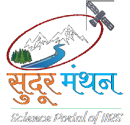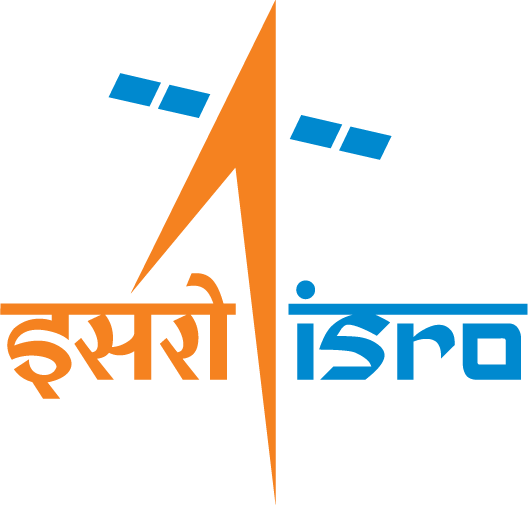Remote sensing refers to the technique of capturing information at a distance (remotely) by specific instruments (sensors). Traditionally, remote sensing has been associated with satellites or manned aircraft with a set of airborne sensors. In the last decade, the increasing developments and improvements in unmanned platforms, together with the development of sensing technologies installed on drones, provide excellent opportunities for remote sensing applications.
Satellites provide a synoptic coverage with spectral capabilities but major drawback is the spatial resolution and temporal frequency which generally is weekly/ bi weekly. In contrast Aircrafts provide high spatial resolution but are expensive and operations are susceptible to weather & cloud conditions. UAV are somewhere in between satellite/ aircraft and ground observations. They play a key and complementary role, especially in some applications like disaster management where time is crucial, the information has to be obtained and disseminated as quickly as possible. They offer high versatility and flexibility, as compared to airborne systems or satellites, and can be operated without planned scheduling: fly everywhere, every time. Flexibility to install any sensors, reduced cost compared to other approaches; unaffected by cloud cover as they can fly at low altitudes and slowly, and collect images with spatial resolution are some of their key benefits. However they have a limitation that they can collect data over relatively smaller area; and there usage are governed by drone regulations.
Drones are classified based size, weight and aerodynamics. There are three major types of drones; fixed wing, multirotor and single rotor. Each type have their own significant advantages and limitations. Fixed-wing drones fly faster and cover longer distances than multirotor drones, thereby covering larger area in a single flight. Choice of drone depends on type of terrain and targeted application.
Drones can be equipped with various sensors that capture spectral or structural data at ultra-high spatial resolution (centimetre or decimetre scale). UAV/drone data with the strength of very high spatial and temporal resolutions have potential in various applications like large scale mapping, high resolution topographic information, Infrastructure development/ urban planning (Pipeline Inspection- cracks leaks, Railway track inspection wind turbine inspection, and powerline), agriculture( precision agriculture, crop insurance, crop disease monitoring, irrigation management), forestry, disaster, environmental monitoring etc. Drones have changed the perspective of remote sensing, it’s an adaptive technology and Drones as a service (DaaS) will see the biggest innovation in the days to come.

Figure– High Resolution mapping and Topographic Information Extraction from fixed wing drone



